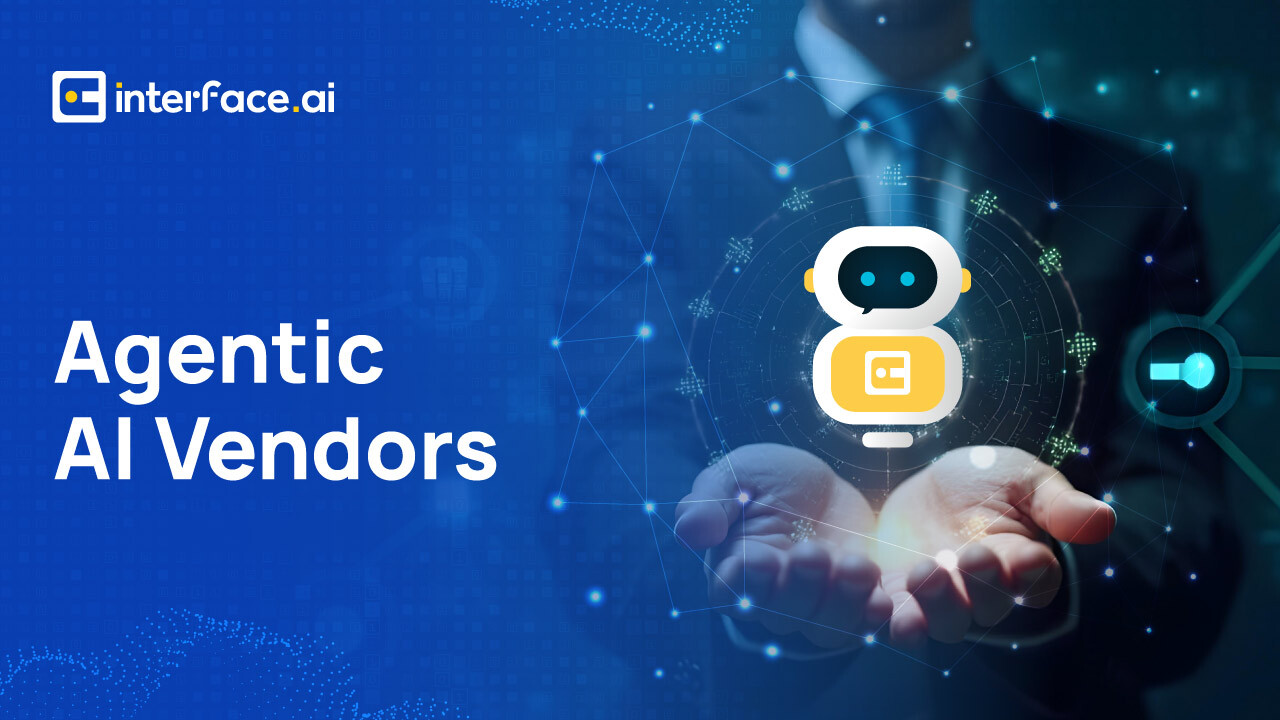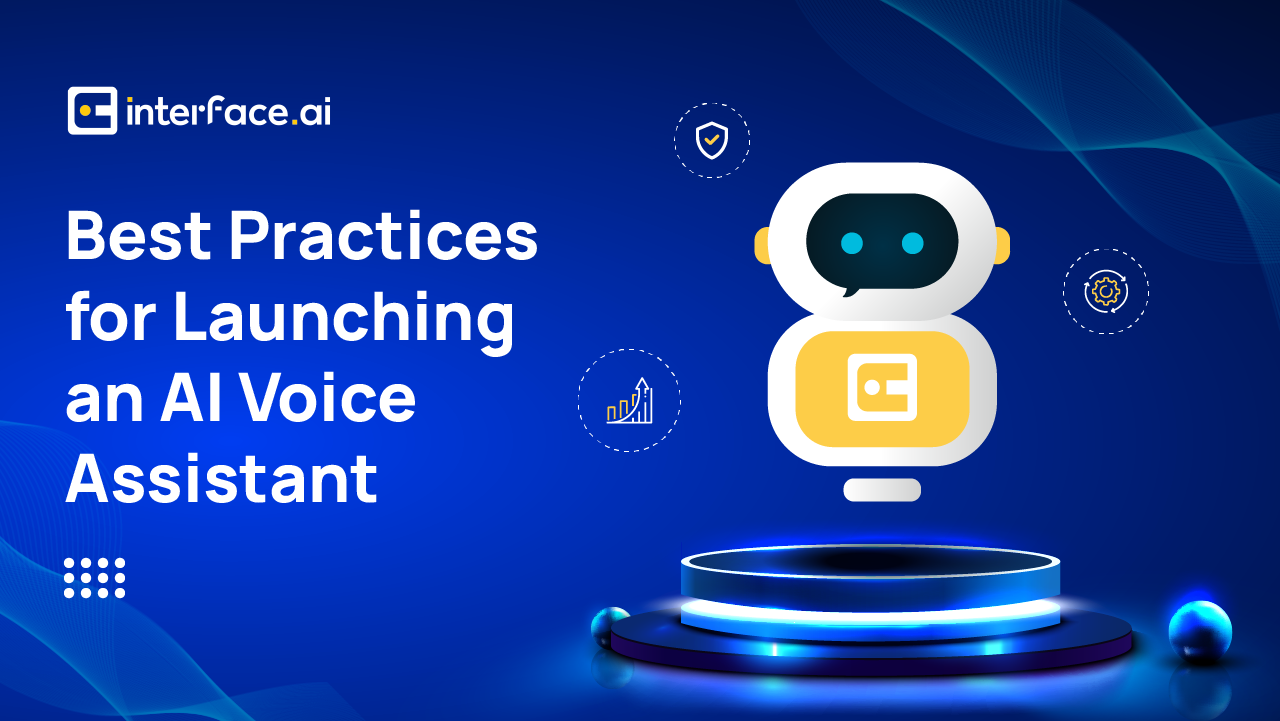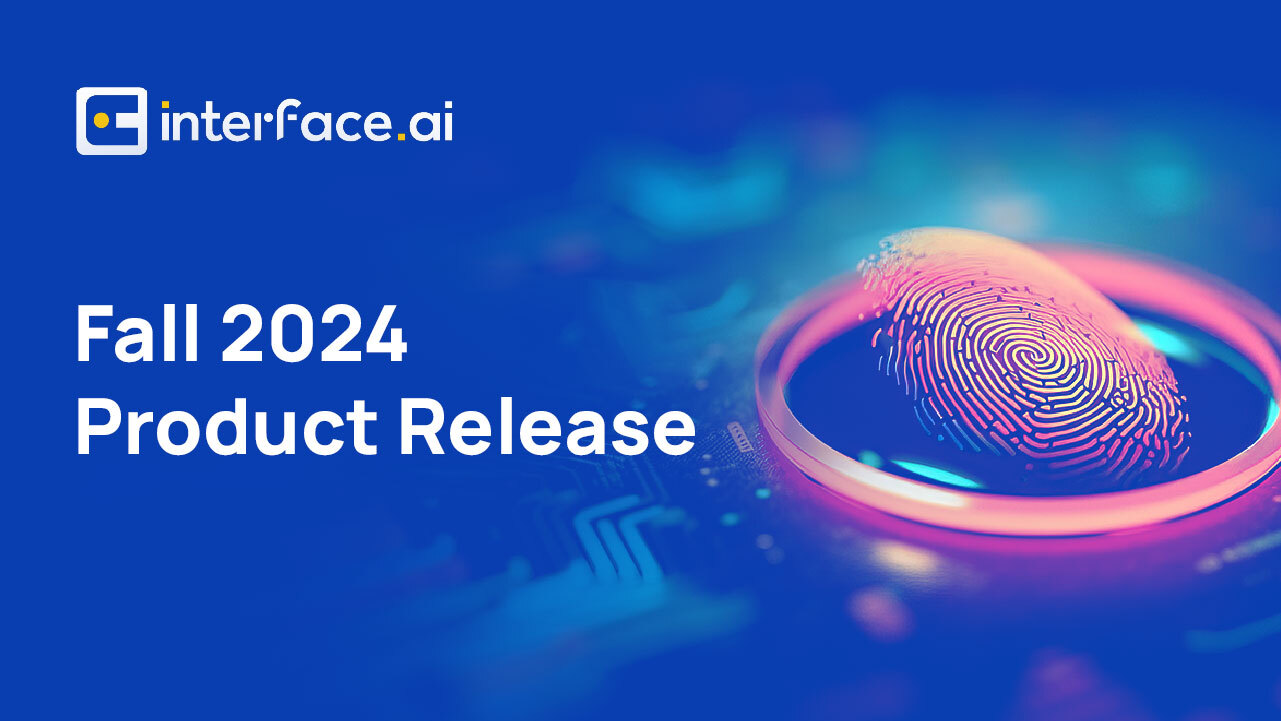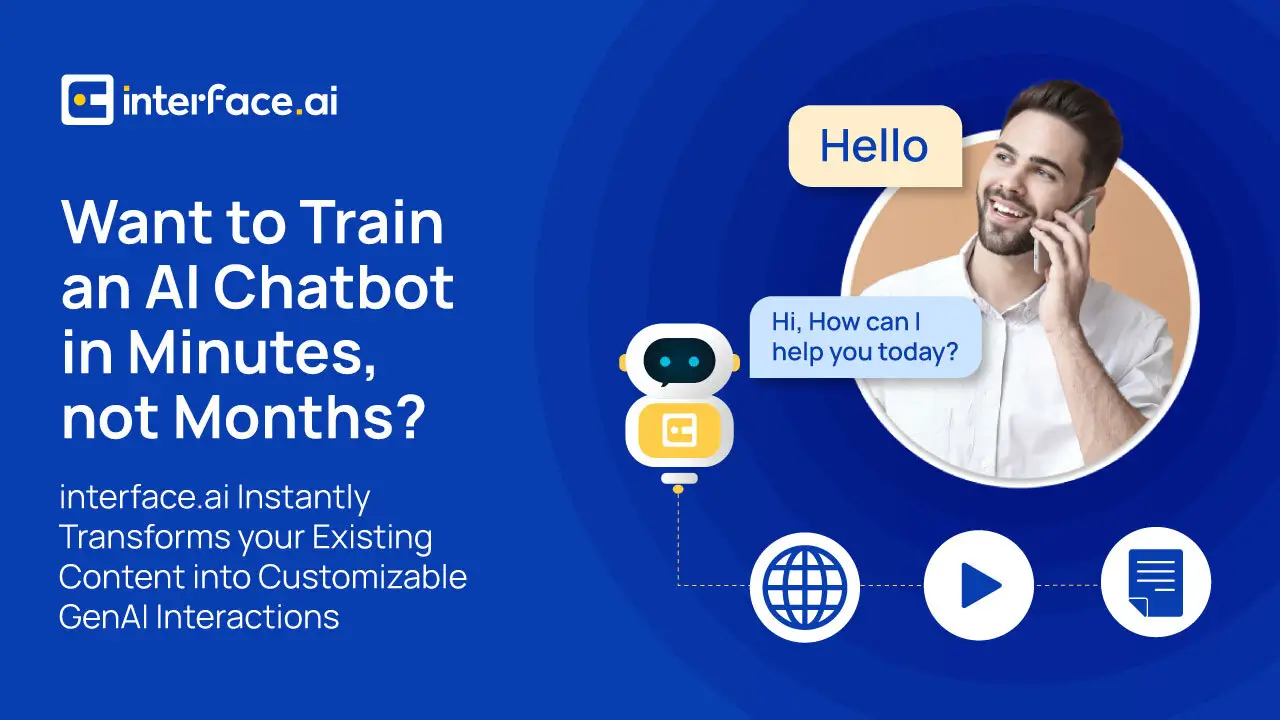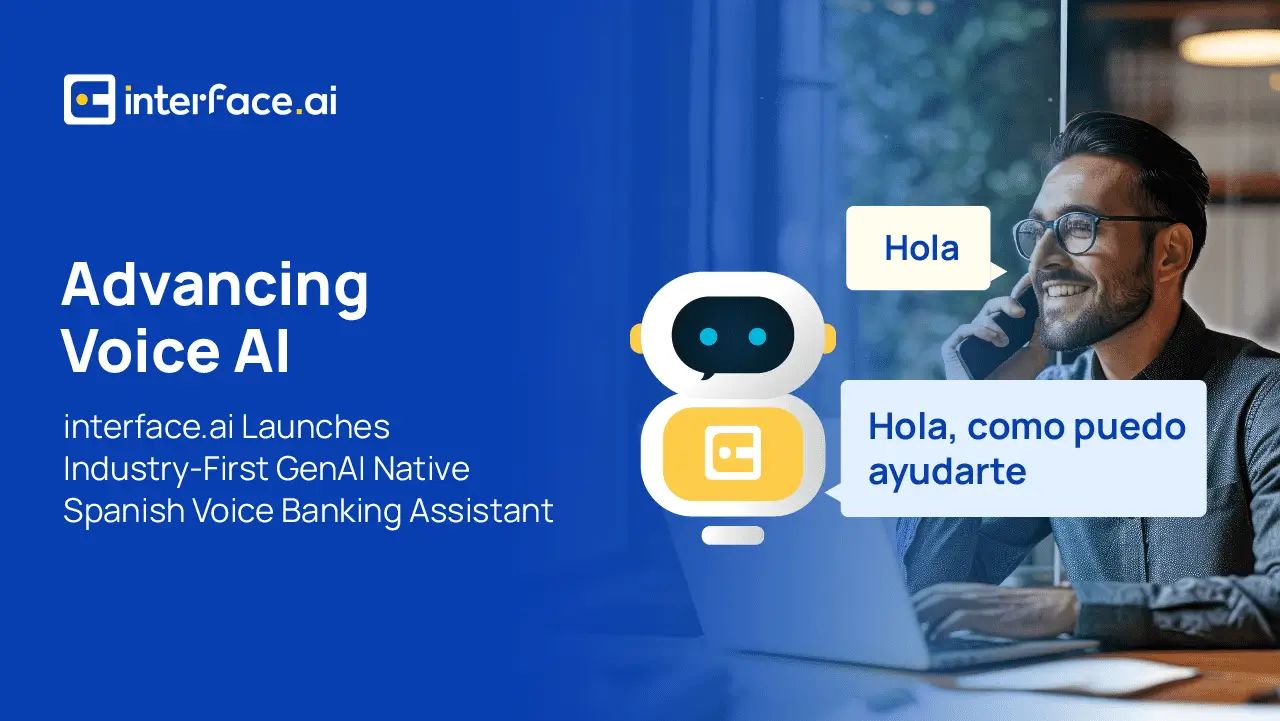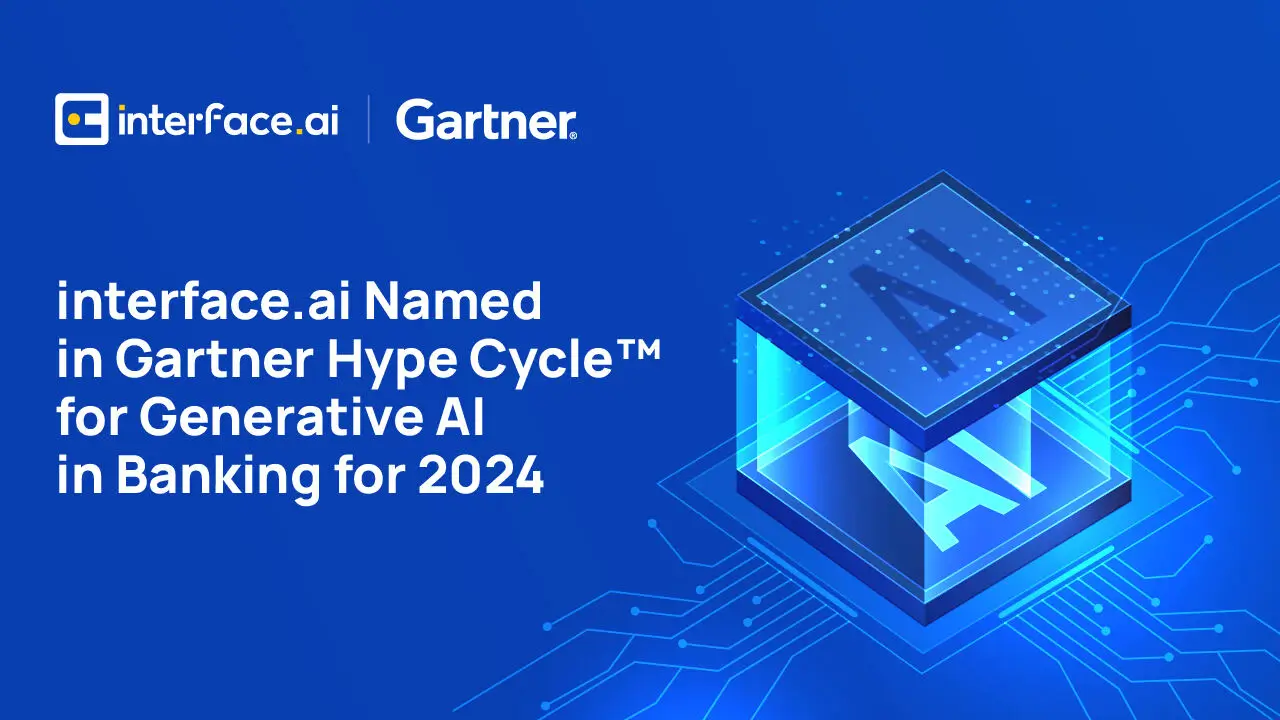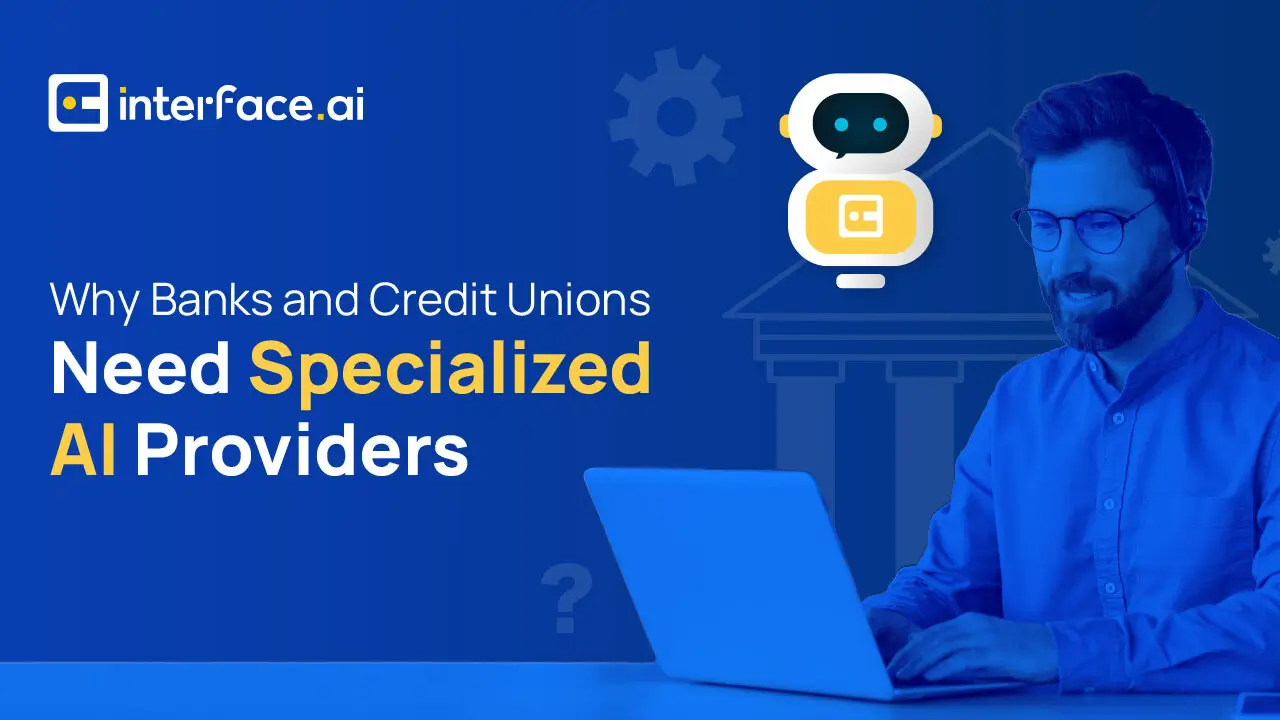
Breaking Down AI Myths in Financial Services: What’s Fact & What’s Fiction
AI is transforming financial services, helping banks and credit unions automate routine tasks, improve security, and enhance customer experience. Yet, despite its growing adoption, misconceptions about AI remain widespread – slowing down progress and preventing financial institutions from reaping its full benefits.
From fears of job losses to concerns about compliance, security, and cost, many risks of AI banking abound. But are these concerns valid? Or are they holding banks and credit unions back from a major opportunity?
In this article, we break down the biggest myths about AI in banking, separate fact from fiction, and show how AI is already driving real results for financial institutions of all sizes.
Myth #1: AI will lead to massive job losses in banking
The concern:
Of all the risks of AI in banking, job loss often tops the list. AI is often associated with automation replacing human jobs, leading to layoffs in contact centers and branches. Some fear that AI adoption will prioritize cost-cutting over employee well-being, reducing the need for human support staff.
The reality:
AI in banking isn’t designed to replace employees – it’s designed to enhance their roles by eliminating repetitive, low-value tasks. Instead of spending their time answering routine inquiries like balance checks and password resets, agents can focus on complex, high-value conversations that require human expertise. This situation leads to better member support, as well as higher job satisfaction.
Leading AI providers, like interface.ai, build solutions that work alongside financial institution employees, not against them. Banks and credit unions using interface.ai have seen:
- Higher job satisfaction – employees spend less time on mundane tasks and more time building meaningful relationships with members.
- Reduced turnover – with AI managing routine inquiries, agents experience lower stress and burnout.
- More personalized service – employees are freed up to focus on proactive member engagement, financial guidance, and problem resolution.
Read more: The Best AI Doesn’t Replace Agents – It Supercharges Their Performance
Myth #2: AI poses security and fraud risks
The concern:
With rising fraud threats, financial institutions worry that AI could be manipulated by bad actors or introduce security vulnerabilities. Some fear that AI might mistakenly authenticate fraudsters, putting customer data at risk.
The reality:
The most advanced AI doesn’t weaken security – it enhances it. AI-powered security systems can analyze vast amounts of data instantly, identifying suspicious patterns, unauthorized access attempts, and fraudulent transactions before they become a threat. Unlike static security protocols, AI continuously adapts to new fraud tactics, making financial institutions more resilient against cybercrime.
interface.ai takes AI-driven security even further with a unique multi-layered, risk-based authentication approach. It combines AI automation, biometrics (both voice and device), and caller ID forensics to combat fraud like no other banking AI.
“With such advanced threats, any one security system can fail. But when you layer in five, six, or seven different solutions like interface.ai does, you are protected from this in the most secure way possible. And better still, we don’t need to purchase each tool and try to tie them together. interface.ai has created a cohesive security ecosystem that we can plug into, and that’s where the true value comes in.” – Todd Link, Chief Risk Officer, Dupaco Community Credit Union
Rather than being a security risk, AI strengthens fraud prevention and safeguards member accounts, making financial institutions more secure than ever.
Myth #3: AI doesn’t comply with banking regulations
The concern:
Financial institutions operate in a highly regulated environment, and AI is often seen as a technology that lacks the necessary compliance controls. Some worry that AI won’t meet strict industry standards, especially for security, privacy, and consumer protection laws.
The reality:
AI designed for financial services is built with compliance at its core to ensure security, accuracy, and regulatory adherence at every level. Leading AI providers, like interface.ai, have developed solutions that align with regulations like GDPR, FFIEC guidelines, and NCUA & CFPB mandates.
Unlike generic AI solutions, interface.ai is purpose-built for banks and credit unions to ensure full regulatory compliance. Rather than relying on a single AI model, interface.ai uses a “mixture of experts” approach – multiple specialized AI models working together to ensure compliance, accuracy, and domain expertise. This prevents bias, misinformation, and regulatory misalignment, which are common issues with general-purpose AI.
Additionally, interface.ai ensures complete verifiability and auditability through:
- Graph-grounded knowledge – all AI responses are sourced from verified financial data, reducing misinformation.
- Multi-layered feedback – automated and human-in-the-loop (HITL) review systems ensure AI outputs align with compliance standards.
- AI guardrails – interface.ai enforces regulatory best practices, making it the only Generative AI solution in financial services that fully complies with industry requirements.
Read more: Responsible by Design – 5 Foundations of Responsible AI in Financial Services
Myth #4: AI in banking is generic ChatGPT-style AI
The concern:
Some financial institutions believe that AI for banking is just a fancier version of ChatGPT—a generic chatbot that can’t handle complex financial queries. They worry that AI will provide limited value beyond answering FAQs and won’t be able to support real banking needs.
The reality:
AI built for financial services is far more specialized and secure than general-purpose AI like ChatGPT. Unlike consumer AI models, banking AI is designed to handle complex, high-risk financial transactions, authenticate users, and comply with strict regulatory requirements.
Leading AI providers, like interface.ai, go beyond generic chatbot functionality by offering:
- Deep core banking integration – allowing members to perform real transactions, check balances, and process payments securely.
- Banking-specific intelligence – trained on millions of financial conversations every day to understand the nuances of banking inquiries.
- Advanced security layers – ensuring AI interactions remain compliant, verifiable, and safe from manipulation.
Banks and credit unions using interface.ai can trust that their AI solution is purpose-built for financial services – not repurposed from a general chatbot.
Myth #5: AI is only for big banks because it’s costly & complicated
The concern:
Many community banks and credit unions assume that AI is a high-cost, resource-intensive technology that only the largest financial institutions can afford. They worry that implementing AI will require a large IT team, major infrastructure changes, and extensive training, making it impractical for smaller institutions with limited budgets and technical resources.
The reality:
AI is now more accessible and cost-effective than ever, with solutions specifically designed for credit unions and mid-sized financial institutions. Rather than requiring massive upfront investments, modern AI solutions – like interface.ai – offer pre-built, scalable solutions that eliminate the need for large IT teams or complex integrations.
Moreover, the best AI can transform a contact center from a cost burden into a revenue-generating powerhouse. Financial institutions that implement interface.ai see a strong return ROI, often within months of deployment. Here’s how:
- Automate repetitive calls to reduce staffing costs
- Eliminate call overflow and after-hours support costs
- Boost revenue with upselling and cross-selling
- Strengthen customer retention with superior support
AI is not a luxury reserved for big banks – it’s a strategic advantage for financial institutions of all sizes, helping them better serve their members more cost-effectively.
Voice AI ROI Calculator: Find out how much money your institution could save
Myth #6: AI will make banking less personal
The concern:
There’s a fear that AI will replace human interaction, making banking feel robotic and impersonal. Some worry that members will feel disconnected when speaking with AI instead of a human.
The reality:
The best AI doesn’t replace human connection – it enhances it by freeing up agents to focus on deeper, more meaningful interactions. Instead of handling repetitive inquiries, staff can dedicate more time to personalized financial guidance and building connections with members.
Banks and credit unions using interface.ai report that AI improves customer engagement by:
- Providing personalized responses – voice AI can tailor answers based on member history and preferences, as well as suggest tailored answers to staff on chat.
- Offering 24/7 support – so members never feel ignored, even outside of business hours.
- Seamlessly transferring calls to live agents when needed – ensuring members get the human touch when they want it.
Instead of removing personal service, AI empowers financial institutions to offer faster, more personalized experiences than ever before.
Read more: The Guide to Banking Personalization – What Top Financial Institutions are Doing Differently
Wrap-up
The myths surrounding AI in financial services often stem from outdated assumptions or misconceptions. The truth is that the most advanced AI is secure, cost-effective, fully compliant, and designed to work alongside human employees – not replace them. While outdated system vendors continue to ring out the mythical risks of AI in banking, leading financial institutions are reaping the AI rewards.
Join the growing list of 100+ credit unions and community banks that have embraced interface.ai’s solutions. Get in touch with us to see AI in action.
Discover the Latest Insights on Interactive Intelligence for Banking Newsletter
Join the newsletter to receive the latest updates in your inbox.
